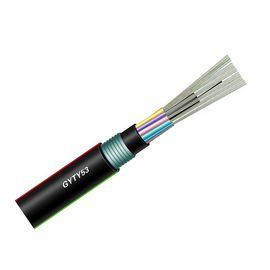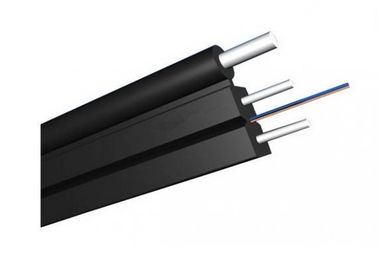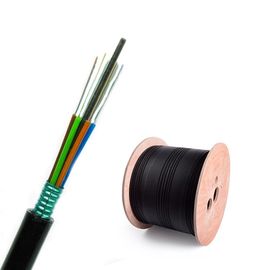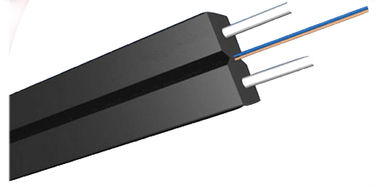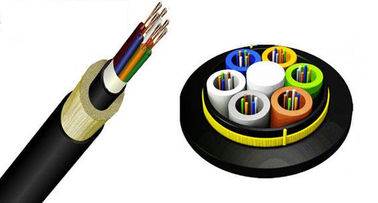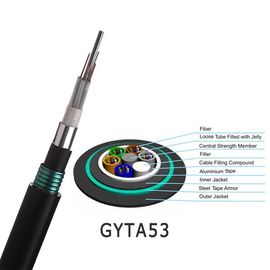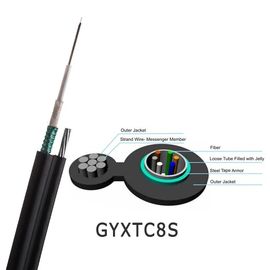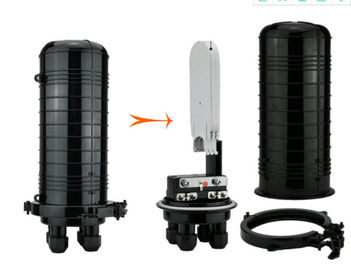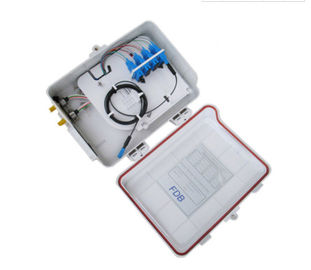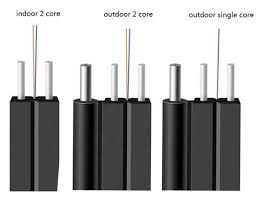 |
In the past, when people mentioned indoor optical cables, they usually thought of them as indoor soft optical cables, especially single-core or double-core jumper optical cables, which have a single structure, few types of materials, and a small amount in the market.Later, some optical cables for wiring are gradually called multi-core optical cables, such as branch optical cables and distribution optical cables (or bundled optical cables)In recent years, there have been some changes, that is, the butterfly-shaped lead-in cable. At present, many people still think that the indoor fiber-optic cable is the butterfly-shaped lead-in cable.
|
Now the concept of indoor optical cable has been greatly expanded, involving the introduction of indoor, special indoor environment, etc.The types of optical cables have expanded to hundreds of types, and the materials involved are becoming more and more extensive. The scope of use of optical cables has been significantly expanded, and equipment, structures, and technologies have also evolved into a dazzling and complex situation.
In the next few years, new varieties of indoor optical cables will continue to emerge, and standards, materials, and technologies will become more mature and perfect. People are no longer unfamiliar with indoor optical cables, its application fields will expand, many kinds of indoor optical cables tend to be perfected and accepted by people, and the concept of indoor optical cables will become very large.
1. Classification of indoor optical cables
Because indoor optical cables are limited by the building environment and laying conditions, the structural design of indoor optical cables tends to be complicated, the materials used for optical fibers and optical cables are diversified, and the mechanical and optical properties of optical cables have their own emphasis.
a. Divide by environment and location
It can be divided into three types: indoor backbone optical cable, indoor distribution optical cable and indoor trunk optical cable.
The indoor backbone optical cable is mainly to provide the channel between the inside and outside of the building; while the indoor distribution optical cable and the indoor trunk optical cable are used to transmit information to specific locations respectively.
b. Divided by the number of fiber cores
It can be divided into three types: single core, double core and multi core.
Indoor optical cables usually contain 1-36 cores, and there are also large-core optical cables with more than 36 cores, and even super-large-core high-density optical cables.
The optical fibers in the cable include single-mode optical fibers, multi-mode optical fibers, dispersion-shifted optical fibers and polarized optical fibers, and plastic optical fibers may also be used.
c. According to the shape of the optical fiber, there are biased (B), circular (E) and other indoor optical cables (according to different radiation environment requirements)
d. According to the position of the optical fiber in the cable or the mechanism of the optical cable, there are central beam tube type, twisted type, skeleton type and overlapping belt type indoor optical fiber cable.
e. According to the sheath material, there are flame-retardant and non-flame-retardant indoor optical cables.
Indoor optical cables have lower tensile strength and poorer protective layer, but they are also lighter and more economical. Indoor optical cables are mainly suitable for wiring in buildings and connections between network devices.
Indoor optical cables are generally not long in distance and can use multi-mode. Similarly, multi-mode bandwidth can use Gigabit and 10 Gigabit optical cables respectively. Generally, non-metallic strengthening cores use aramid fibers, etc. The communication unit will consider bending-resistant G657 optical fibers, which represent There are butterfly optical cables and so on. Indoor optical cable is generally suitable for indoor optical cable. It is generally divided into indoor tight sleeve and branch. Because it is used indoors, it does not need a waterproof structure, so it has better flexibility and high bending performance. The transmission speed is fast, the signal is clear and stable, the anti-interference is good, and the transmission flow is large.
2. Physical structure
Indoor optical cable is a cable formed by optical fiber (optical transmission carrier) through a certain process.
Indoor optical cables are mainly composed of optical fibers (glass filaments as thin as hair), plastic protective sleeves, and plastic sheaths. There are no metals such as gold, silver, copper, and aluminum in the optical cables, and generally have no recycling value.
Indoor optical cable is a communication line in which a certain number of optical fibers form a cable core in a certain way, and is covered with a sheath, and some are also covered with an outer sheath to realize optical signal transmission.

 Your message must be between 20-3,000 characters!
Your message must be between 20-3,000 characters! Please check your E-mail!
Please check your E-mail!  Your message must be between 20-3,000 characters!
Your message must be between 20-3,000 characters! Please check your E-mail!
Please check your E-mail! 
